The Rhine connects the Alps to the North Sea. It is 1232 km long and one of the most important rivers in Europe. It has a drainage area of approximately 200,000 km2 and covers parts if not all nine countries, which participate into the International Commission for the Protection of the Rhine (ICPR) for the sustainable development of the Rhine ecosystem. The topography of the Rhine catchment is various, from high, middle and low mountain chains to lowlands and low-lying valleys, and includes different climatic zones resulting in different patterns of flood discharges. Several important flood events occurred in the past and thus the ICPR has decided to include the topic of transboundary flood risk management into its daily work. Common actions resulted in the Action Plan on Floods in 1998 and the first Flood Risk Management Plan for the international river basin district Rhine (according to the European Union Floods Directive) in 2015. To help inform the public and assess the effectiveness of implemented measures, the ICPR created and published two means and instruments of communication and decision support: The Rhine Atlas on Floods and a specific GIS-tool which is also available for other river organizations or national institutions. This paper presents the organisation and the outcomes of the coordinated transboundary flood risk management within an international river basin using the Rhine and the particular work of the ICPR.
1.
Introduction
In 1960, Opial [12] established the following inequality:
Theorem A Suppose f∈C1[0,h] satisfies f(0)=f(h)=0 and f(x)>0 for all x∈(0,h). Then the inequality holds
where this constant h/4 is best possible.
Many generalizations and extensions of Opial's inequality were established [2,4,5,6,7,8,9,10,11,15,16,17,18,19]. For an extensive survey on these inequalities, see [13]. Opial's inequality and its generalizations and extensions play a fundamental role in the ordinary and partial differential equations as well as difference equation [2,3,4,6,7,9,10,11,17]. In particular, Agarwal and Pang [3] proved the following Opial-Wirtinger's type inequalities.
Theorem B Let λ≥1 be a given real number, and let p(t) be a nonnegative and continuous function on [0,a]. Further, let x(t) be an absolutely continuous function on [0,a], with x(0)=x(a)=0. Then
The first aim of the present paper is to establish Opial-Wirtinger's type inequalities involving Katugampola conformable partial derivatives and α-conformable integrals (see Section 2). Our result is given in the following theorem, which is a generalization of (1.2).
Theorem 1.1 Let λ≥1 be a real number and α∈(0,1], and let p(s,t) be a nonnegative and continuous functions on [0,a]×[0,b]. Further, let x(s,t) be an absolutely continuous function and Katugampola partial derivable on [0,a]×[0,b], with x(s,0)=x(0,t)=x(0,0)=0 and x(a,b)=x(a,t)=x(s,b)=0. If p>1, 1p+1q=1 Then
where
Remark 1.1 Let x(s,t) reduce to s(t) and with suitable modifications, and p=q=2 and α=1, (1.3) become (1.2).
Theorem C Let λ≥1 be a given real number, and let p(t) be a nonnegative and continuous function on [0,a]. Further, let x(t) be an absolutely continuous function on [0,a], with x(0)=x(a)=0. Then
Another aim of this paper is to establish the following inequality involving Katugampola conformable partial derivatives and α-conformable integrals. Our result is given in the following theorem.
Theorem 1.2 Let j=1,2 and λ≥1 be a real number, and let pj(s,t) be a nonnegative and continuous functions on [0,a]×[0,b]. Further, let xj(s,t) be an absolutely continuous function and Katugampola partial derivable on [0,a]×[0,b], with xj(s,0)=xj(0,t)=xj(0,0)=0 and xj(a,b)=xj(a,t)=xj(s,b)=0. Then for α∈(0,1]
2.
Katugampola conformable partial derivatives
Here, let's recall the well-known Katugampola derivative formulation of conformable derivative of order for α∈(0,1] and t∈[0,∞), given by
and
provided the limits exist. If f is fully differentiable at t, then
A function f is α-differentiable at a point t≥0, if the limits in (2.1) and (2.2) exist and are finite. Inspired by this, we propose a new concept of α-conformable partial derivative. In the way of (1.4), α-conformable partial derivative is defined in as follows:
Definition 2.1 [20] (α-conformable partial derivative) Let α∈(0,1] and s,t∈[0,∞). Suppose f(s,t) is a continuous function and partial derivable, the α-conformable partial derivative at a point s≥0, denoted by ∂∂s(f)α(s,t), defined by
provided the limits exist, and call α-conformable partial derivable.
Recently, Katugampola conformable partial derivative is defined in as follows:
Definition 2.2 [20] (Katugampola conformable partial derivatives) Let α∈(0,1] and s,t∈[0,∞). Suppose f(s,t) and ∂∂s(f)α(s,t) are continuous functions and partial derivable, the Katugampola conformable partial derivative, denoted by ∂2∂s∂t(f)α2(s,t), defined by
provided the limits exist, and call Katugampola conformable partial derivable.
Definition 2.3 [20] (α-conformable integral) Let α∈(0,1], 0≤a<b and 0≤c<d. A function f(x,y):[a,b]×[c,d]→R is α-conformable integrable, if the integral
exists and is finite.
3.
Main results
Theorem 3.1 Let λ≥1 be a real number and α∈(0,1], and let p(s,t) be a nonnegative and continuous functions on [0,a]×[0,b]. Further, let x(s,t) be an absolutely continuous function and Katugampola partial derivable on [0,a]×[0,b], with x(s,0)=x(0,t)=x(0,0)=0 and x(a,b)=x(a,t)=x(s,b)=0. If p>1, 1p+1q=1 Then
where
Proof From (2.4) and (2.5), we have
By using Hölder's inequality with indices λ and λ/(λ−1), we have
Similarly, from
we obtain
Now a multiplication of (3.2) and (3.3), and by using the well-known Young inequality gives
where
Multiplying the both sides of (3.4) by p(s,t) and α–conformable integrating both sides over t from 0 to b first and then integrating the resulting inequality over s from 0 to a, we obtain
This completes the proof.
Remark 3.1 Let x(s,t) reduce to s(t) and with suitable modifications, (3.1) becomes the following result.
where Dα(x)(t) is Katugampola derivative (2.1) stated in the introduction, and
Putting p=q=2 and α=1 in (3.5), (3.5) becomes inequality (1.2) established by Agarwal and Pang [3] stated in the introduction.
Taking for α=1, p=q=2 and p(s,t)=constant in (3.1), we have the following interesting result.
where B is the Beta function.
Theorem 3.2 Let j=1,2 and λ≥1 be a real number, and let pj(s,t) be a nonnegative and continuous functions on [0,a]×[0,b]. Further, let xj(s,t) be an absolutely continuous function and Katugampola partial derivable on [0,a]×[0,b], with xj(s,0)=xj(0,t)=xj(0,0)=0 and xj(a,b)=xj(a,t)=xj(s,b)=0. Then for α∈(0,1]
Proof Because
Hence
By Hölder's inequality with indices λ and λ/(λ−1), it follows that
Similarly
Taking the sum of (3.7) and (3.8) and α-integrating the resulting inequalities over t from 0 to b first and then over s from 0 to a, we obtain
Remark 3.2 Taking for x1(s,t)=x2(s,t)=x(s,t) and p1(s,t)=p2(s,t)=p(s,t) in (3.6), (3.6) changes to the following inequality.
Putting α=1 in (3.9), we have
Let x(s,t) reduce to s(t) and with suitable modifications, and λ=1, (2.10) becomes the following result.
This is just a new inequality established by Agarwal and Pang [4]. For λ=2 the inequality (3.11) has appear in the work of Traple [14], Pachpatte [13] proved it for λ=2m (m≥1 an integer).
Remark 3.3 Let xj(s,t) reduce to xj(t) (j=1,2) and pj(s,t) reduce to pj(t) (j=1,2) with suitable modifications, (3.6) becomes the following interesting result.
Putting λ=1 and α=1 in (3.12), we have the following interesting result.
Finally, we give an example to verify the effectiveness of the new inequalities. Estimate the following double integrals:
where λ≥1.
Let x1(s,t)=x2(s,t)=x(s,t)=st(s−1)(t−1), p1(s,t)=p2(s,t)=p(s,t)=(st)1−α, a=b=1 and 0<α≤1, and by using Theorem 3.2, we obtain
4.
Conclusions
We have introduced a general version of Opial-Wirtinger's type integral inequality for the Katugampola partial derivatives. The established results are generalization of some existing Opial type integral inequalities in the previous published studies. For further investigations we propose to consider the Opial-Wirtinger's type inequalities for other partial derivatives.
Acknowledgments
I would like to thank that research is supported by National Natural Science Foundation of China(11471334, 10971205).
Conflict of interest
The author declares no conflicts of interest.











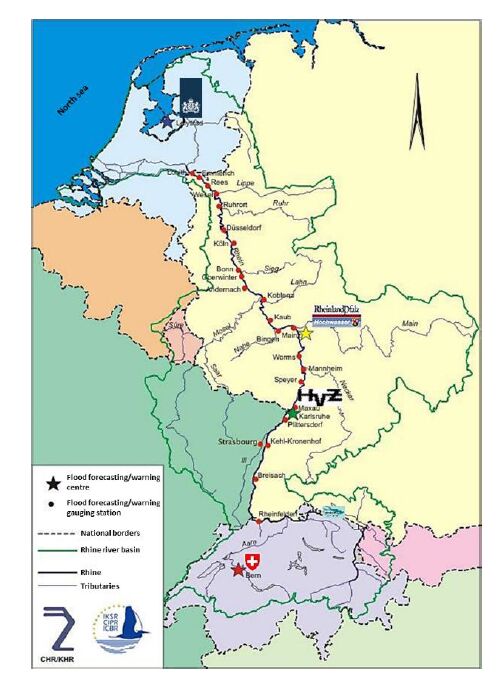
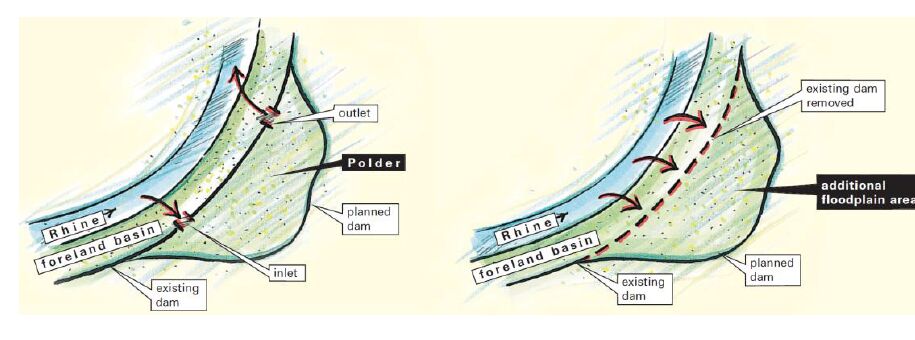
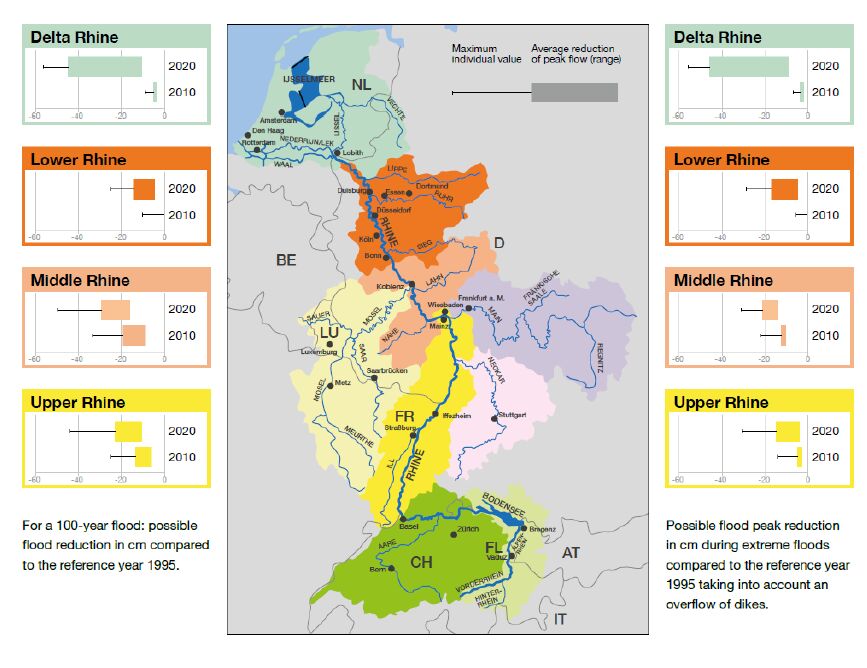


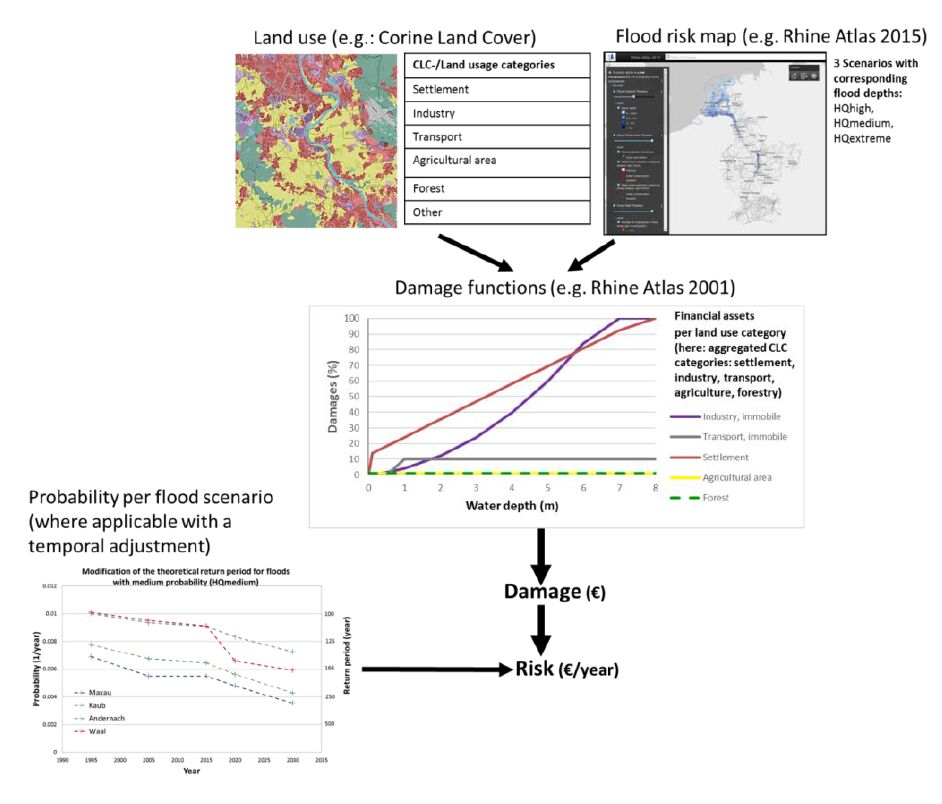
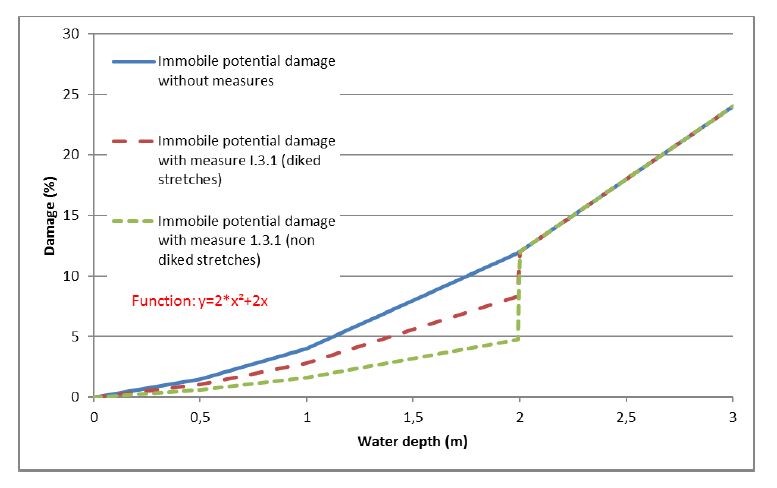


 DownLoad:
DownLoad: